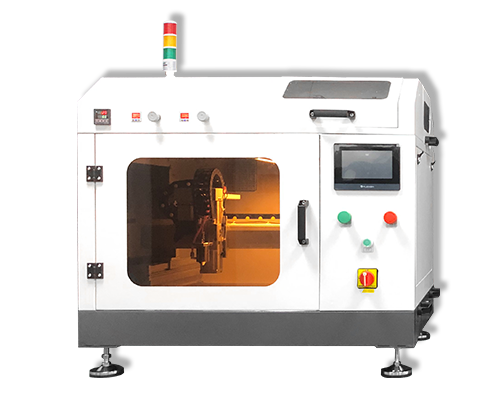Ultrasonic Spraying for Microbial Fuel Cell
Ultrasonic Spraying for Microbial Fuel Cell – Cheersonic
It has been known for almost one hundred years that bacteria could generate electricity. But only in the past few years has this capability become more than a laboratory novelty. The microbial fuel cell (MFC) is a new form of renewable energy technology that can generate electricity from what would otherwise be considered waste. The reasons for this recent interest in using bacteria to generate electricity are a combination of the need for new sources of energy, discoveries about microbial physiology related to electron transport, and advancement of fuel cell technologies.
Microbial fuel cells produce electricity from organic matters. Unlike conventional fuel cells, MFCs have certain advantages like high energy-conversion efficiency and mild reaction conditions. In addition, a fuel cell’s emissions are well below regulations. MFCs also use energy much more efficiently than standard combustion engines which are limited by the Carnot Cycle. An MFC is thus a bioelectrochemical system that derives electricity by mimicking bacterial interactions found in nature. Microorganisms catabolize compounds such as glucose, acetate or wastewater. It is a device that converts chemical energy to electrical energy by the catalytic reaction of microorganisms.
The essential physical components of MFCs are the anode, cathode and PEM, or more precisely a cation exchange membrane (CEM). Electrochemically active bacteria in the anode chamber oxidize the substrate, and separate the electrons from protons. These electrons and protons travel to the cathode, the former through an external circuit, and the latter diffusing through the electrolyte and a PEM. The protons and electrons subsequently combine at the cathode with oxygen, aided by a catalyst such as platinum, to form water. A number of configurations for MFCs have been developed. These are run in batch, fed-bath, or continuous mode, and have a variety of shapes.
Cheersonic’s ultrasonic equipment is suitable for spraying catalyst solutions containing carbon black ink suspension, platinum slurry and other precious metal solutions. From R&D to production, our non-clogging technology results in greater control of coating attributes, significant reduction in materials usage, and reduced maintenance and downtime. It can prepare fuel cell proton exchange membrane with excellent performance. It integrates multiple systems such as ultrasonic, dispersion, carrier gas, liquid, heating station, vacuum adsorption, and exhaust emission control.
The advantages of ultrasonic spraying include:
1.Capable of coating PEMs with very small liquid sample sizes (only 10ml of catalyst solution necessary to coat multiple PEMs). Ideal for R&D phase.
2.Ultra-low flow rate capabilities
3.The spray beam is highly controllable for reliable and consistent results.
4.Significantly reduced machine downtime for maintenance
5.Spraying proton exchange membrane with high uniformity and good adhesion
6.Heating plate, vacuum plate or combination of heating plate and vacuum plate
7.Non-clogging atomized spray that does not deviate.
About Cheersonic
Cheersonic is the leading developer and manufacturer of ultrasonic coating systems for applying precise, thin film coatings to protect, strengthen or smooth surfaces on parts and components for the microelectronics/electronics, alternative energy, medical and industrial markets, including specialized glass applications in construction and automotive.
Our coating solutions are environmentally-friendly, efficient and highly reliable, and enable dramatic reductions in overspray, savings in raw material, water and energy usage and provide improved process repeatability, transfer efficiency, high uniformity and reduced emissions.
Chinese Website: Cheersonic Provides Professional Coating Solutions


